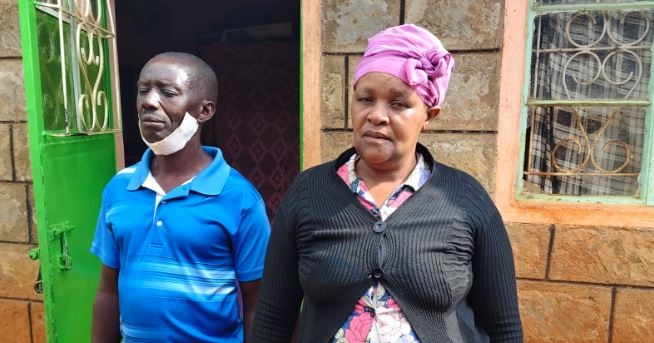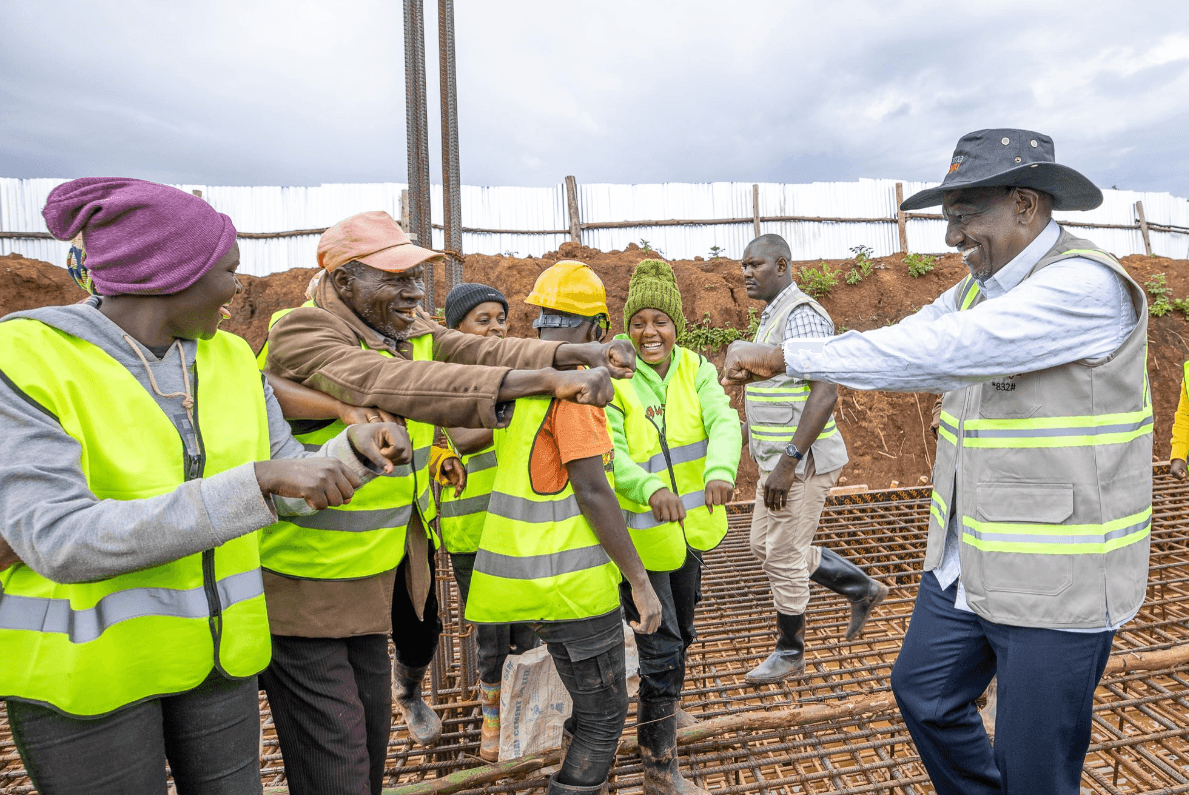Garissa residents are still recovering from stress brought by displacement and loss of livelihoods during the El Niño rains.
Médecins Sans Frontières, also known as Doctors Without Borders, said in a statement it is winding up its emergency response activities in the county.
Josiah Kimeli, MSF emergency project coordinator in Garissa said the agency will continue monitoring the situation even after winding up their operations.
“Due to the reduction of rains and cessation of the flash floods, the critical health needs have been managed and the Garissa authorities can manage the remaining health needs,” he said.
Emergency medical team leader Jeremiah Mbithi said patients mainly report cases of acute watery diarrhoea and upper respiratory tract infection.
“Stress among the displaced persons is heightened due to the displacement, loss of livelihood and lack of basic needs like food and shelter,” he said.
In Garissa, 115,308 people were affected by the floods, with Garissa Township bearing the blunt, according to MSF.
MSF data shows 16,698 internally displaced persons from Garissa Township were forced to live in 10 camps.
Most of the displaced people had built along the riverbed.
MSF team and the Garissa government started a medical response in the town on December 13.
The main areas of focus included general medical consultations, provision of essential drugs and linkages to other facilities.
“Most of the health facilities linked to the displaced communities were destroyed and inaccessible,” said Dr Mohamed Ahmed, a subcounty medical officer in Garissa.
“Establishment of these health centres such as the MSF health post in the water grounds and the mobile clinics in Jaribu and Garissa bridge are key in reducing the pressure in the remaining facilities,” he said.
MSF has been creating awareness among community members and providing water treatment tablets and soap.
It has constructed 43 latrines in the camps and distributed long-lasting insecticide-treated mosquito nets to disaster-affected people to prevent waterborne and vector-borne diseases such as cholera and malaria.
The team is constructing 10 latrines for the community not residing in the camp and two in Nanep health facility.
In January, the government started a post-assessment of the emergency response to the El Niño rains.
Interior PS Raymond Omollo said assessment is underway as emergency levels are being scaled down.
The post-crisis phase will focus on the reconstruction of homes and the rehabilitation of infrastructure, while strategies are being developed to mitigate future flood risks, he said.
Government data shows the El Niño floods had claimed at least 174 lives as of January.
Animals were also lost.
"The agricultural sector has also been severely impacted with crop devastation affecting around 84,568 acres," the National El Niño Emergency and Disaster Response Command Centre said in a statement in January.
The worst-hit counties were Garissa, Mandera, Wajir, Lamu, Tana River, Homa Bay and Kitui.











